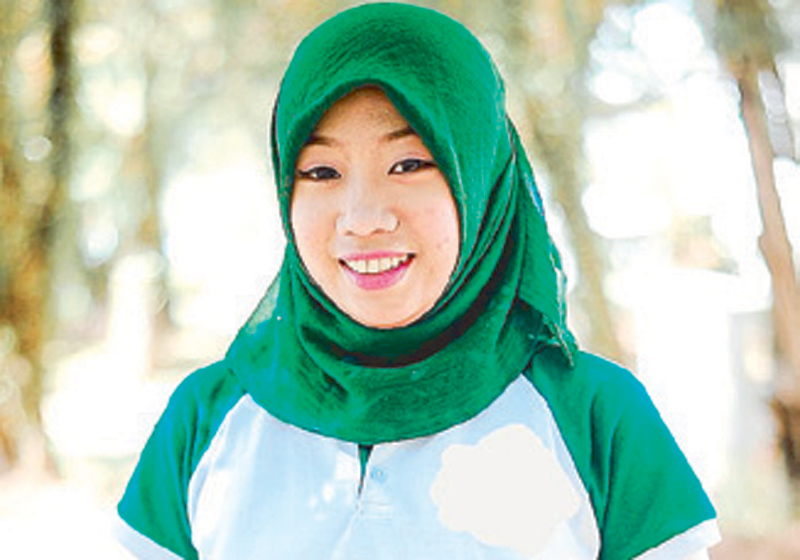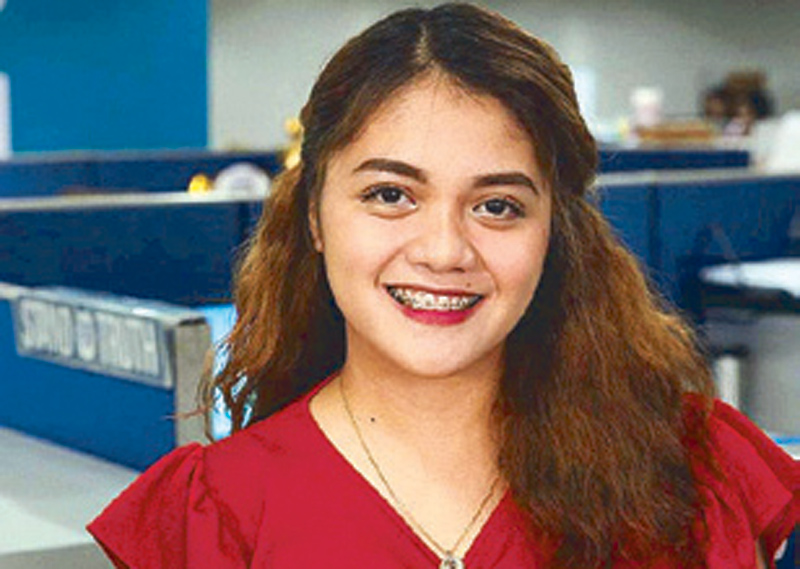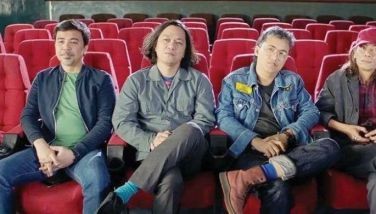MoJo in the new normal

While trained for digital storytelling, even our millennial reporters had to cope with the challenges of producing news amid the pandemic. We ask our young journalists from pioneering mobile newscast Stand for Truth how they have been dealing with mobile journalism or “MoJo” in the new normal as well as the things that keep them busy when outside work.
What’s the most challenging part of being a mobile journalist in the new normal and how are you coping with these difficulties?
Shai Legarde: “The thing that makes us MoJo — being mobile. I’ve been going places with my mojo kit since the pilot. But I cope by making the most of technology.”
Izzy Lee: “Like most people, we are forced to work from home, except when it could inhibit our reporting. At first, I didn’t know how to position all my smartphone cameras and it felt weird interviewing people through video calls. I realized I don’t have to always see them in person. It doesn’t make my story less credible or informative.”
JM Encinas: “I used to shoot freely and interact with people, but with the emergence of the new normal, I learned to maximize the use of laptops and smart phones through the help of Zoom, Facebook, and other social media platforms to gather all the information and materials I need.”

As a young reporter, what did this pandemic teach you?
Nico Waje: “It’s not always about good stories and exclusives. Every story needs to have an impact on your subject, especially those who are in need. Be kind always. You don’t know where the situation would put you and you won’t know what will happen next. It’s better not to have regrets in the end.”
Manal Sugadol: “Don’t let uncertainty of the future affect your mental health and work, just live in the present. Be kind to yourself, connect with your families and friends and finally pray to God for guidance.”
MJ Geronimo: “While it is our No. 1 duty to inform the public, we must also take care of ourselves. We could not risk our lives and our safety, especially during these times. It is very important to take extra precautions, especially when we have to be on field so that we can continue to serve the public.”

What is your most memorable coverage/story in the new normal?
Shai: “The mental health story, ‘It’s okay not to be okay.’ I’m a trained counselor specializing in teens and young adults. It was a sensitive topic that took me longer to produce than most stories because of the challenges from start to finish.”
Manal: “I documented the commuter’s life during the first day of GCQ when labor force returned to work. Since there was no public transportation, it took us (my case study) two hours of waiting. We rode at the back of a pick-up car while raining, experienced four car transfers and missed dinner.’
Nico: The story on (retired) Col. Winston Ragos’ shooting incident. I’m one of the first reporters on site. When I arrived, emotions were still high. Even my adrenaline was at the max because it was the biggest story of the day.”
Izzy: “The story about distance learning on this one island in Samar. People patiently bear with the sluggish Internet connection in their area, so online classes are clearly not possible.”
JM: “All stories about our OFWs are memorable for me. I am also passionate about stories on the dedication of Filipino frontliners who provide 100 percent alagang Pinoy to COVID -19 patients across the country and around the globe.”
MJ: “The man who was dragged and beaten by some barangay workers in Caloocan City just because he did not have a quarantine pass to cross a different barangay. This was my first news report after Stand for Truth went back online.”

When not doing SFT, what are the things that take up your time in the new normal?
Shai: “Spending time with family and pets, watching K-dramas to practice my Korean, trying to get as much exercise and sleep as I can. One-on-one counseling or mental health group talks by request when there’s extra time.”
Manal: “I draw and color coloring books. It stimulates creativity and diverts my worries and anxieties.”
Nico: “K-drama and action movies usually take up my time during this pandemic. Good thing that the NBA resumed last July. Also, eating!”
Izzy: “I read a lot of books at home. I also tried to find other ways to entertain myself and that’s when I learned to like cooking.”
JM: “I love spending good time with family, working out, singing, watching feel-good series and films, listening to podcasts and music.”
MJ: “I watch a lot of movies and I try to finish the books I have started reading before. I also try to get more hours of sleep. I also do financial talks and coaching because I am also a licensed financial adviser on the side.”

Where do you plan to go for a vacation when things become better?
Shai: “I want to go back to Seoul, and Haeundae Beach in Busan.”
Manal: “I love to travel abroad, visit the ASEAN countries for inspiration.”
Nico: “I’ll go to Siargao!”
Izzy: “I was supposed to go to Vietnam in October and I still pretty much want to continue with the plan when it’s safe to travel again.”
JM: “I want to continue my travel plans that didn’t push through, so probably I’ll go to Australia.”
MJ: “My family and I plan to go to El Nido, Palawan when the pandemic is over. I have been there last year with friends but this time, I want my family to see its beauty.”
(Anchored by Atom Araullo with Richard Heydarian, Stand for Truth streams every weeknight at 9 via its officialFacebook page and GMA News’ YouTube channel. On TV, it airs at 11:35 p.m. on GMA News TV. )

- Latest
- Trending


































